Social Networks, Geopolitics and Power
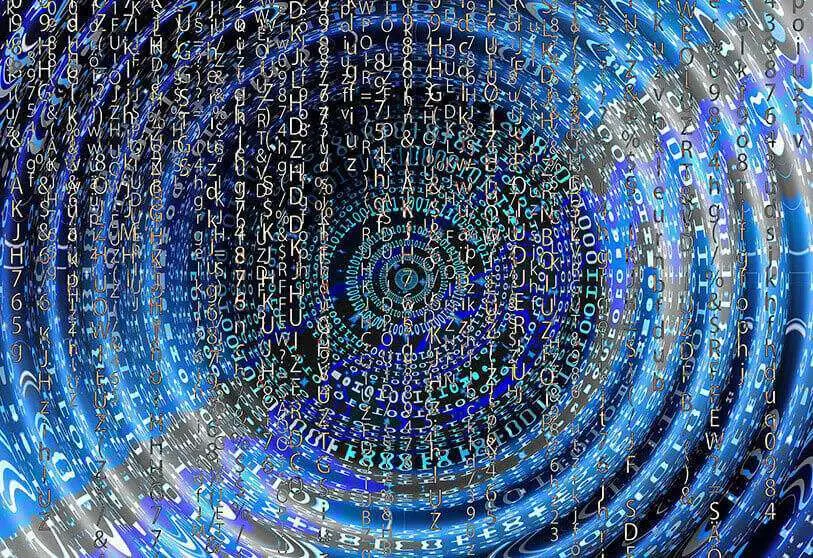
Cyberspace is presented as a virtual area practically free of restrictions, gaining relevance for both leisure and work, not to mention the increase in cybercrime. Unfortunately, areas such as poverty, malnutrition and insecurity are not relevant to the geopolitical analyses of countries struggling for hegemony, but power and influence are. The geopolitical relationship and social networks are framed by the need to exert influence and project the power of state actors with international weight, such as the United States, the People's Republic of China and Russia. This situation makes it clear that states continue to be significant actors in world politics, especially those that have developed important capacities and tools for the protection of their interests, including information warfare.

Social networks are constantly growing along with the technologies that serve as their platform. These processes tend to change not only the way people communicate, but also pre-existing communication paradigms, aspects that are present in the strategies of first world countries. In this sense, this article analyses the relationship between social networks, geopolitics and power, taking as a case study the accession of Crimea to Russia, and examining the impact of the pandemic caused by the SARS-CoV2 virus as an accelerator of processes. In addition, it infers on the intensification of the use of social networks and virtual reality, as well as analysing the relationship between the United States and the People's Republic of China (PRC) within what could be the beginning of a New Cold War.
A study by the NYU Stern Center for Business and Human Rights, entitled "Combating Russian Disinformation: The Case for Stepping Up the Fight Online", lists the enormous benefits of democratising internet information. However, it also shows that social media and internet search platforms are vulnerable to political disinformation. The latter was evidenced during Crimea's accession to Russia, where Russian intelligence used social media to influence various target audiences - politicians, military and civilians, both Russian and Ukrainian - in order to gain a tangible advantage on the battlefield. To this end, the Russians operated through a variety of platforms, taking advantage of the multiplier effect of social media and trolls, who operate from facilities known as troll factories or troll farms.
For the British-American political geographer John Agnew, in the modern geopolitical imagination, power has been narrowly defined as the ability to compel others to do something that a person or state wants, increasingly relating to territorial states, at least since the 19th century. In this context, the model that fits the "contemporary societies-social networks" relationship is that of the Integrated World Society, where the nodes are social groupings. In this humanistic and utopian ideal in which communication on a global scale - based on networks between diverse actors - is prioritised, there is the possibility of directing public opinion in pursuit of both state and non-state need, with spontaneous responses. Therefore, it can be argued that any social actor - taking advantage of the properties of a more interconnected world - can use virtual space to influence the decisions of others in order to achieve their own interests.
While Crimea may have been the battleground between Ukraine and Russia, the dispute also played out in cyberspace, where both governments stepped up their covert operations during the contest. On the one hand, Russian operations in Ukraine coincided with the development of actions by pro-Russian factions under the hashtag #OpRussia. On the other hand, a counter-faction promoted its cause with the hashtag #OpUkraine. Both sides hacked each other's websites, forums and government sites to disrupt the other side's ability to wage conflict, while Russian rebels engaged Ukrainian forces in a conventional manner.

Over the past decade, Russia forcibly annexed the Crimea region and backed pro-Russian separatist insurgents in eastern Ukraine. These bold actions were accompanied by disinformation spread through Facebook and its Russian equivalent VKontakte. As a precursor to interference in Western Europe and the United States, agents of the Russian Military Intelligence Agency, known as the GRU, created fake social media accounts to simulate popular Ukrainian hostility towards the pro-Western government in Kiev. Pro-Russian hackers also attacked Ukrainian election computers in an attempt to prevent a far-right fringe party from winning the presidency.
Humanity has apparently changed the way it conducts its interpersonal relations. Human beings have poured their intimacies into social networks, becoming members of a veritable digital "Big Brother", where they encounter mirrors of their own selves. However, today's global commerce is practically a war with other media, as the virulent power of the global causes death and refugees as if it were a real world war. In this regard, while the EU rejected the condition requested by Ukrainian President Viktor Yanukovych to sign the Association Agreement (that he be granted $27 billion in aid), Russia seized the opportunity and rewarded Yanukovych's last-minute change of heart with a deal whereby Russia would buy $15 billion worth of Ukrainian government bonds, while offering a 33% cut in the price of gas. In this way, Kiev's short-term urgencies were alleviated and it was shown to the world that the Kremlin was not prepared to abandon Ukraine. This move went viral in both traditional and non-traditional mass media (CMM) as part of Russia's communication manoeuvre.

Today, with the Made in China 2025 plan, the Asian giant aims to become the world's leading technological power. Since Xi Jinping came to power, and in parallel with its growing economic role, the PRC has moved from a passive to a more active role in international relations. This strategy is materialised in projects of international impact, such as the New Silk Road, 5G technology - Huawei or the creation of the Asian Infrastructure Investment Bank, presenting themselves as alternative multilateral configurations to those led by the United States, a situation that broadens the relationship towards social networks with their platforms and economic sectors with an appetite for control of narratives.
In 2018, the US Federal Communications Commission granted permission to Space Exploration Technologies Corp (known as SpaceX) and Starlink to deploy several low-orbiting satellites in five orbital layers. By 2024, the Starlink system will consist of 12,000 satellites, almost twice as many as have been launched since the beginning of the space age in 1957 (about 7,000). There is no doubt that satellite broadband is one of the most vibrant markets in the global space communications sector. In this way, it highlights the undeniable opportunity for any state to put an end to the problem of the digital divide, showing how satellite is the ideal technology to reach isolated places or places with poor quality connectivity.

In this sense, the future prospects of satellite depend on its complementarity with other technologies. In other words, it does not displace fibre optics, but complements it, extending connectivity definitively. Satellite communication has unique advantages that differentiate it from other technologies, for example: (1) with a single satellite footprint vast expanses are covered, from countries to continents; (2) ground infrastructure deployments are not necessary; (3) the service is immediately available to the entire surface at the same time, allowing for rapid network deployment; (4) coverage is not dependent on population density or terrain, so connectivity can be provided in rugged, hard-to-reach or sparsely populated environments that would never be covered by terrestrial structures, mainly due to cost; (5) it is the only solution for mobility services such as ships and planes.
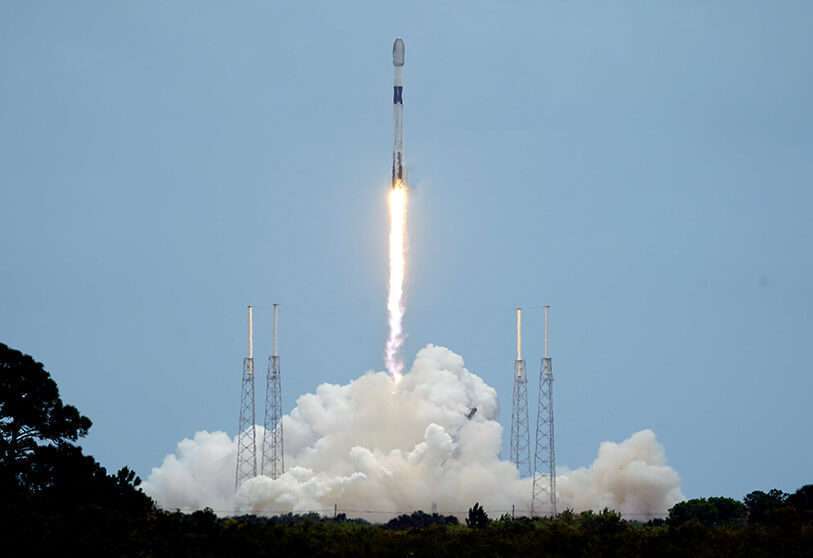
Cyberspace presents itself as a virtually unrestricted virtual area, gaining relevance for both leisure and work, not to mention the rise of cybercrime. Unfortunately, areas such as poverty, malnutrition and insecurity are not relevant to the geopolitical analyses of countries struggling for hegemony, but power and influence are. To this end, they employ all possible means to achieve their objectives, notably political, economic, diplomatic and communicational means, including - within the latter - social networks and both traditional and non-traditional CMMs.
In the last decade, the tension between the PRC and the US over global leadership has become more evident. The White House has accused Beijing of a lack of transparency in data related to the coronavirus, and for breaches of the trade agreement signed in early 2020. For its part, the PRC, from March to May 2020 and at the height of the global spread of the virus, sent medical supplies - by way of relief - to the countries most affected by the pandemic.
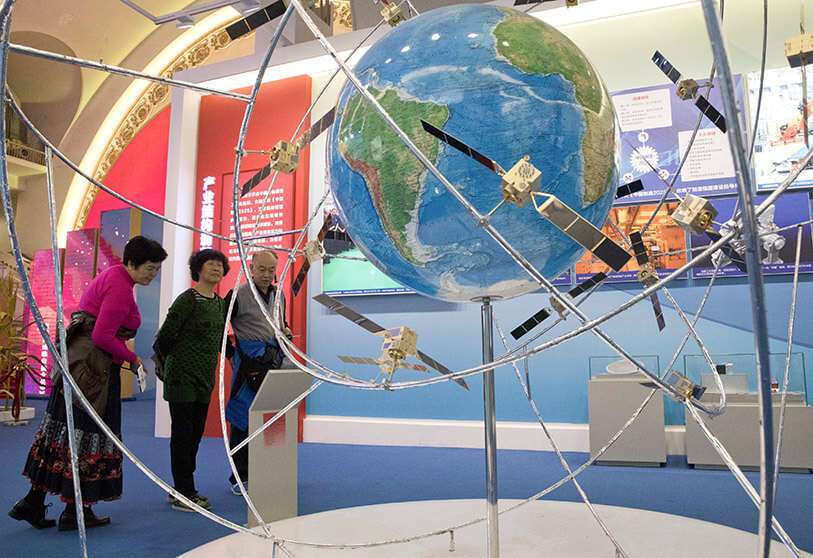
The COVID-19 pandemic has not only highlighted the human cost of inequality and the need to strengthen national health systems, promote universal and free access to basic medical services, and ensure the equitable distribution of vital resources, but also the need to rethink international organisations, especially the United Nations and its subsidiary, the World Health Organisation. It also became clear that the vaccine distribution programme has a dual purpose, both the altruistic purpose of equitable distribution and the self-sustaining purpose of the multilateral organisation. Therefore, the deficient action of these international organisations favoured and expanded the PRC's zone of influence, mobilising in the face of the emergency and supporting both European and Latin American countries with products to satisfy certain health needs.
In this context, John Agnew proposes an explanation of the changing geopolitical foundations based on three eras in which the modern geopolitical imagination has exhibited characteristic features and practices: civilisational geopolitics (1815-1875), naturalising geopolitics (1875-1945) and ideological geopolitics (1945-1990). The third of these eras - in force during the Cold War - was an ideological geopolitics, based on the division of the world on the basis of a diversity of ideas on how best to organise political and economic life ("socialism" versus "capitalism", etc.). Since the end of the Cold War, the "Three Worlds" concept has lost much of its appeal. In addition, the growing inequalities in the economic development of Third World countries have made it problematic to use this concept without mentioning the other two.
Currently, the advance of the PRC's influence towards the three types of worlds -defined by Agnew- is perceived by the US authorities as a threat to their hegemony, which has caused the US to shift from a strategy in which it has tried to accommodate China to the international order, to one in which its main objective is to contain the influence of the Asian country. In this regard, in March 2018, President Donald Trump's administration launched a trade war against the Asian giant, which was partly linked to the containment of Chinese technological development in pursuit of maintaining US supremacy in this area. The fact that the Asian power has led the development of a disruptive technology such as 5G means that the PRC will dictate its international standards and norms. The key is that this technology could be the skeleton of the fourth industrial revolution, which is why companies such as Huawei, a leader in the sector, are the focus of US attacks. It could also be the beginning of global control of all methods of information transmission.

During the COVID-19 pandemic, different non-state actors (both violent and non-violent) have maliciously used social media to spread conspiracy theories and fake news about the origin of the virus. Conspiracy narratives often attribute the origin of the virus to governments, religious or ethnic groups, secret networks, companies or entrepreneurs who, according to these interpretations, are trying to push secret agendas such as reducing the world's population, controlling the world or generating economic revenue by selling vaccines and drug treatments.
On the one hand, in the case of violent non-state actors, according to a report by the United Nations Interregional Crime and Justice Research Institute (UNICIRI), it is established that messages are personalised to match the ideological bent of the audience. For example: (1) "far-right groups" have spread conspiracy theories blaming immigrants and foreigners as responsible for the spread of the virus, (2) "groups associated with Islamic terrorism" have also spread conspiracy theories claiming that the virus is a "soldier of Allah" who is punishing unbelievers and enemies who have harmed Muslims in recent years, and (3) "illegal armed groups related to organised crime" have disseminated images and videos providing social services taking advantage of the fragile socio-economic situation caused by the crisis.
In the cases presented, the actors claim to have "real" knowledge about the origin of the SARS-CoV2 virus and prophesy that this virus will accelerate the self-destructive tendencies of the existing governmental system, leading to its collapse and the creation of a new society in which its enemies will be eliminated. Discursively, disinformation serves the following strategic objectives: (1) to undermine trust in the government, (2) to reinforce extremist narratives and recruitment strategies, (3) to increase the motivation of self-radicalised terrorists, and (4) to change the negative image of criminal organisations by portraying them as a replacement for ineffective state institutions. To achieve these goals, they take advantage of the functions and services provided by social networking site platforms both to upload communications tailored to each platform and to expand their own network and find new contacts based on criteria such as mutual friends, work and education.
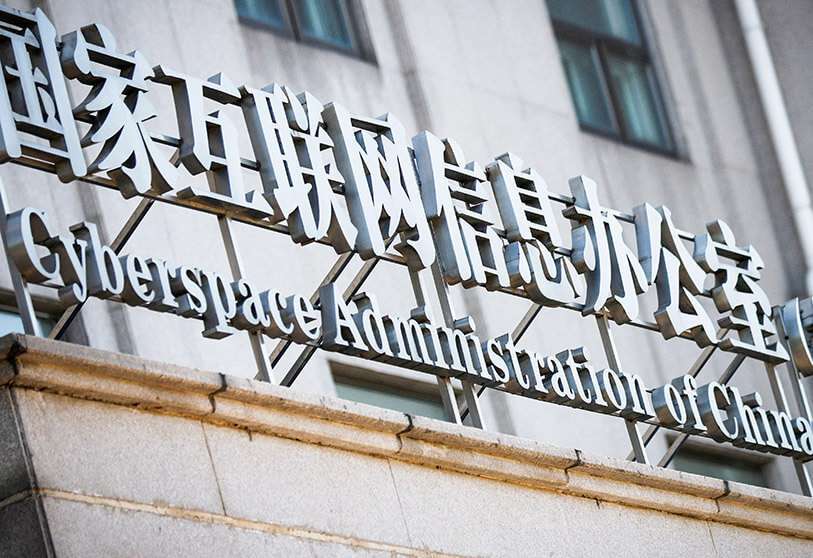
Some groups are also trying to circumvent control measures on major social networking sites, avoiding the use of certain words or symbols that can be easily identified as part of "extremist language" and even trying to appear legitimate to a wide audience. Also, various groups have shown resilience by spreading disinformation even after their accounts were deleted. To this end, one possible tactic is to reproduce the same content by creating new accounts, while another tactic is to redirect followers and visitors to less controlled and encrypted channels (external links), such as Telegram, VK, Gab or websites. Another important aspect is the malicious use of social bots or chatbots.
On the other hand, in the case of non-state and non-violent actors, the massive use of social networks opened up possibilities in places that had been closed off by isolation and social distancing. However, it brought with it a series of risks of various kinds, both in the private, personal and professional spheres. According to the report on "Good practices in social networks" by the Incident Response Team of the National Cryptologic Centre (CCN-CERT), in general terms, the actors who use social networks as a gateway to carry out cyberattacks and compromise the security of users take advantage of three types of vulnerabilities implicit in the very "social architecture" of the networks: the overexposure of personal information, information highways and mass use.
Among the various malicious actions that can be developed are social engineering, identity theft, cyberbullying, sexting, grooming, reputational damage, misleading advertising, physical world criminality, malware distribution, phishing, pharming, malicious links, promising videos and scams. Therefore, malicious use would imply the use of any kind of content disclosed on social networks for illicit and/or illegal gain, usually to the detriment of third parties or directly to the harm of those third parties.
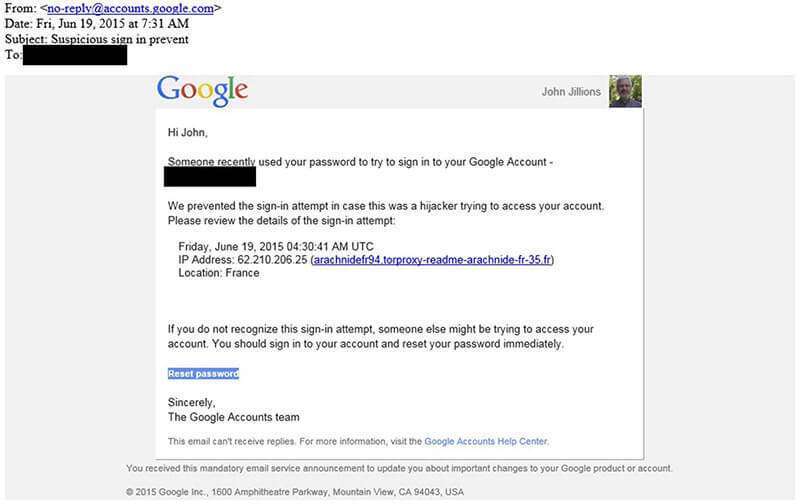
The geopolitical relationship and social networks are framed by the need to exert influence and project the power of state actors of international weight, such as the United States, the PRC and Russia. This situation makes it clear that states continue to be significant actors in world politics, especially those that have developed important capabilities and tools for the protection of their interests, including Information Warfare. The New Cold War between the US and the PRC is part of this competition for hegemony, accelerated by the COVID-19 pandemic.
From the technological point of view, a race can be seen to acquire significant advances and insert them into the international market, obtaining not only economic, but also cultural and social benefits, by opening up new areas of dominance primarily for the PRC. On the one hand, the world is experiencing a time of change in satellite communications, and these new technological developments will allow for the growth of and access to services and areas previously inaccessible for economic or technological reasons. On the other hand, the satellite is no longer a platform isolated from the rest of the telecommunications options, but is an integral part of connectivity and service capacity, becoming a key element in the development and implementation of 5G technology.
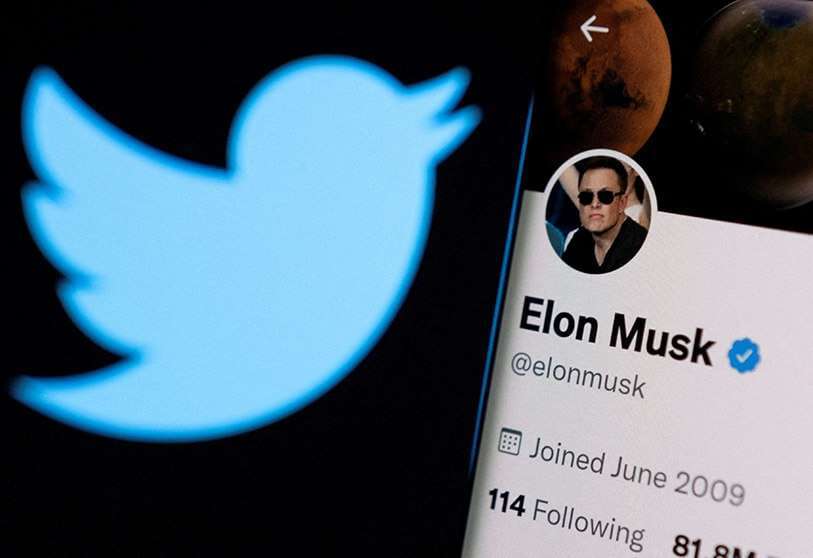
However, Starlink's self-funding leaves its owner, Elon Musk, in a position of power vis-à-vis states. While there is still no evidence of strategic relations between the entrepreneur and states, supranational entities or non-governmental organisations, on the contrary, his status and power refer to a personal superiority vis-à-vis them. It should be noted that it is necessary to understand the importance of space and its relationship with the sovereignty of countries. It is therefore necessary to remember that cyberspace is the fifth domain of warfare, complementing the four classical dimensions or domains (land, sea, air and space). When the Starlink system is fully operational (in 2024), Elon Musk will have a very important partial influence on all these domains.
During the pandemic, cyberspace - in particular social networks - became a fundamental tool for society, as humans established a place to interact, trade products and services, teach, educate, as well as engage in politics, religion, and so on. However, its malicious use was also the order of the day, generating risks for companies and institutions as well as for individuals. In this context, it has become evident that the importance and influence of CMMs (traditional and non-traditional) varies according to the strata of society. However, the results of communication manoeuvres also depend on the analysis of the target audience, its sectorisation, and the establishment of objectives and themes for each one.
Gonzalo Javier Rubio Piñeiro
Universidad Nacional de Lanús (UNLa), Argentina
This article was originally published in the journal Seguridad y Poder Terrestre.
Vol. 1 N.° 1 (2022): Julio – Setiembre
DOI: https://doi.org/10.56221/spt.v1i1.6

